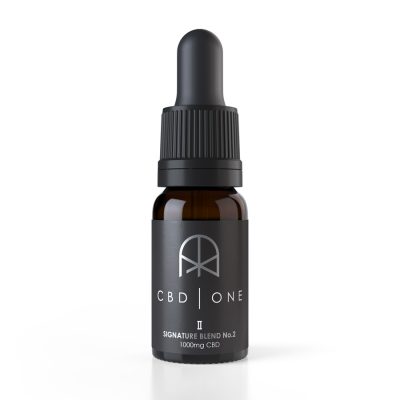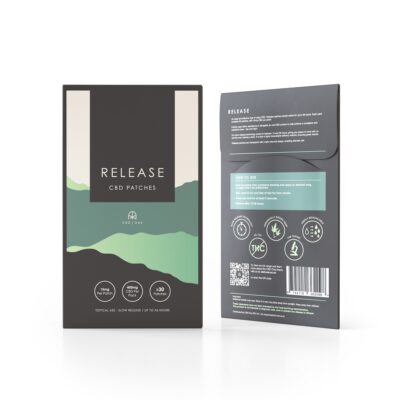
Our feet are truly remarkable! They carry us all day every day and for most people, most of the time, do this amazingly effectively and pain-free.
Their role is to propel us forward and provide balance and act as a vital shock absorber to soften the impact of walking.
Intriguingly we also know that when our feet impact the floor as we walk this controlled ‘jolt’ as our foot lands on the floor actually helps provide structural integrity to our whole body.
There was a trend to put shock-absorbing materials in running shoes in the late 1980s and this led to runners picking up more injuries because this material was actually interfering with the foot’s own clever shock-absorbing mechanics.
Did you know your foot actually has three important arches? Each of which helps absorb force as we move.
Two of them go across your foot, from the inside to the outside. One of these is just behind your toes and the other across your instep, nearer your ankle.
We then have the one arch everyone thinks about when we talk about a ‘high arch’ or ‘fallen arch’ which runs from your big toe to your heel on the inside of your foot.
To simplify matters we can think of the foot as having two simple components.
The hindfoot, which is your ankle and heel area. The hindfoot does little adjustive movements from left to right and right to left to allow us to compensate for walking on uneven surfaces. It also bends to allow us to walk and run.
Then we have the forefoot which does much of the shock-absorbing as well as providing balance and feedback from whichever surface we happen to be walking on.
We take our feet for granted but they are critically important to our health, and without their effective function there can be a whole host of knock-on effects.
A simple example is that if we lose our balance we begin to fall lots and this then leads to other injuries and at its worst, to being chair or bed-bound with all the resultant risk of diseases such as circulatory problems and breathing diseases.
We are, after all, clever moving machines, so do ensure you are giving your body enough movement to maintain your health.
An example I can recall from my osteopathic practice was a patient who had all the toes of her feet removed because she had a particularly bad case of Raynaud's disease. This is a circulatory problem that can cause toes or fingers to go white because the control of circulation appears to be going wrong.
Having had all her toes removed she lost all ability to balance properly so began to have falls and lots of pain because she was overusing her leg and back muscles to stay upright.
This proved to be catastrophic for her overall health as she lost confidence, was in pain and could no longer walk anywhere safely.
So please do look after your feet. Go barefoot on grass where you can, choose shoes carefully that allow space for your feet to work well and give them gentle support.
Avoid orthotics and other ‘solid’ inserts as your foot is designed to move; unless you have an injury that needs support to recover.
The simplest cause of foot pain is trauma. This might be from standing on a sharp object to having something dropped on your foot. Usually, this is short-lived and settles once the injury has healed.
The challenge often comes when people get foot pain and cannot identify what has caused the problem.
They may complain of pain after walking or running although it can also be the case that people get pain at rest and feel better when they are moving.
There are so many factors at play that as an osteopath I have to take each case on its own merits and look at all the factors that may be contributing to the problem.
There are plenty of names for foot pain such as plantar fasciitis, heel spurs, arthritis, bunions and repetitive strain injury.
A contributory factor to this is often a muscle imbalance, sometimes with a skeletal imbalance underneath.
But whilst we have the labels for the pain the most important thing to do is look at WHY there is a foot problem. Once we have established why there is a problem we can work out how to remove this cause and help the injury resolve.
A perfect example of this was a patient who limped into my clinic having had three years of severe foot pain in her left foot. Her problem was compounded by the fact she could not tolerate anyone touching her feet.
She had been given x-rays and scans that had found nothing wrong and the medics told her their next option was simply to cut her foot open for exploratory surgery. Understandably she was reluctant to have this surgery so came to see me.
A brief (it had to be due to her foot touching phobia!) examination of her foot showed it appeared to be moving well and the tissues felt reasonably normal. However, when she stood in front of me it was quite obvious her pelvis was a good two to three inches higher on one side than the other.
My osteopathic viewpoint was that it was quite possible that because her pelvic foundation was so dramatically imbalanced it was causing excessive tension on the side she was getting foot pain.
I am pleased to say that in just three treatments, where I concentrated on her pelvic balance and leg mechanics, her pain completely disappeared. I never had to actually treat her foot!
The lesson I took from this case was simple – our foot is not an isolated part of our body and we should always relate it to the whole body.
Of course, it can be that we have a straightforward foot problem that needs local treatment to fix but please don’t let your doctor/physio or even osteopath just stare at your foot, especially if local work to the area is not fixing it.
There are simple things you can do to help relieve foot pain. A good herbal cream may help such as arnica cream or gel. If it is a deep tissue injury you may find that comfrey oil also helps.
Using a massage ball can also be highly effective. Applying slow, steady pressure to the sole of your foot can ease the tension which allows better movement and an improvement in blood flow to help with healing.
When applying pressure, which is best done with you standing up, you do not want to be pressing so hard that it is agony. The level of discomfort when you press on the ball should never go past the ‘it hurts but feels good’ level.
Maintain the pressure until the discomfort eases, then move to another part of the sole of your foot and do the same again. This is a simple but very useful way to help relieve foot pain.
I would always suggest trying a CBD product. The overall health balancing qualities of CBD should not be underestimated, and they can provide a bridge between being in pain and finding a way to resolve your problem.
I have also found Epsom salts baths to be very soothing and their ability to draw out toxins can be a useful addition to your treatment regime.
Foot problems often respond beautifully to osteopathic treatment so if your problem is not resolved with self-treatment, perhaps you could book an appointment with your local osteopath. If they cannot fix you they will suggest you try someone else such as a podiatrist.
I would also advocate stretching your calf muscles and hamstrings regularly.
Wearing shoes that are designed to be in harmony with your feet is very important. If you look at the shape of your foot it gets wider towards the toes. Now have a look at your footwear, does that do the same? Or like most modern footwear does it get narrower, which will mean it is totally at odds with how your foot is meant to work.
Barefoot shoes tackle this problem beautifully and being barefoot at home as often as you can also allow your foot to work effectively without the constraints of shoes/trainers.
Exercise is also important. This does not have to be ‘foot specific’ – keeping your body moving and free helps so many problems and is the best preventative for all health issues.
The western diet tends to contribute to chronic inflammation which is a big cause of arthritis. Therefore, if there is an inflammatory aspect to your foot problem I would make the case that you should be looking at your diet.
In my experience, the ketogenic-type diet that removes processed carbohydrates can help relieve pain and help repair processes whilst reducing the process of damage.
An example I can give was a patient suffering from chronic elbow pain due to a repetitive strain injury. She began the ketogenic diet and within a week her pain disappeared.
Do not underestimate the power of your diet to cause a problem or fix a problem.
The prognosis is dependent on so many factors so is an entirely individual picture. However, my experience would suggest that given the right conditions the vast majority of foot pain can resolve and heal.
I have seen long term problems resolve fast with the right treatment.
Our body can heal and repair at any age so I would argue the key is to look for how you create healing conditions through movement, diet, CBD, skilled manual treatment from an osteopath.
It always amazes me how quickly foot problems respond to osteopathic treatment. Once you are fixed the key is then to ensure you do all you can to prevent foot pain in the future.


Bioavailability:?Bioavailability | 99% |
CBD content:?CBD content | 800mg | 1600mg | 4000mg |
Cannabinoid spectrum:?Cannabinoid spectrum | Full |
| Daily use: | Once daily |
Best for:?Best for | Powerful water-soluble option |

Bioavailability:?Bioavailability | 12 % |
CBD content:?CBD content | 1000mg | 2000mg | 5000mg |
Cannabinoid spectrum:?Cannabinoid spectrum | Full |
| Daily use: | 1-3 times |
Best for:?Best for | All round oil |

Bioavailability:?Bioavailability | 99% |
CBD content:?CBD content | 400mg | 800mg | 2000mg |
Cannabinoid spectrum:?Cannabinoid spectrum | Full |
| Daily use: | Once daily |
Best for:?Best for | Great all-rounder |

Bioavailability:?Bioavailability | 40%+ |
CBD Content:?CBD Content | 450mg | 900mg | 1350mg |
Cannabinoid spectrum:?Cannabinoid spectrum | Pure CBD |
| Daily use: | Once |
Best for:?Best for | Round the clock super-effective dosing |